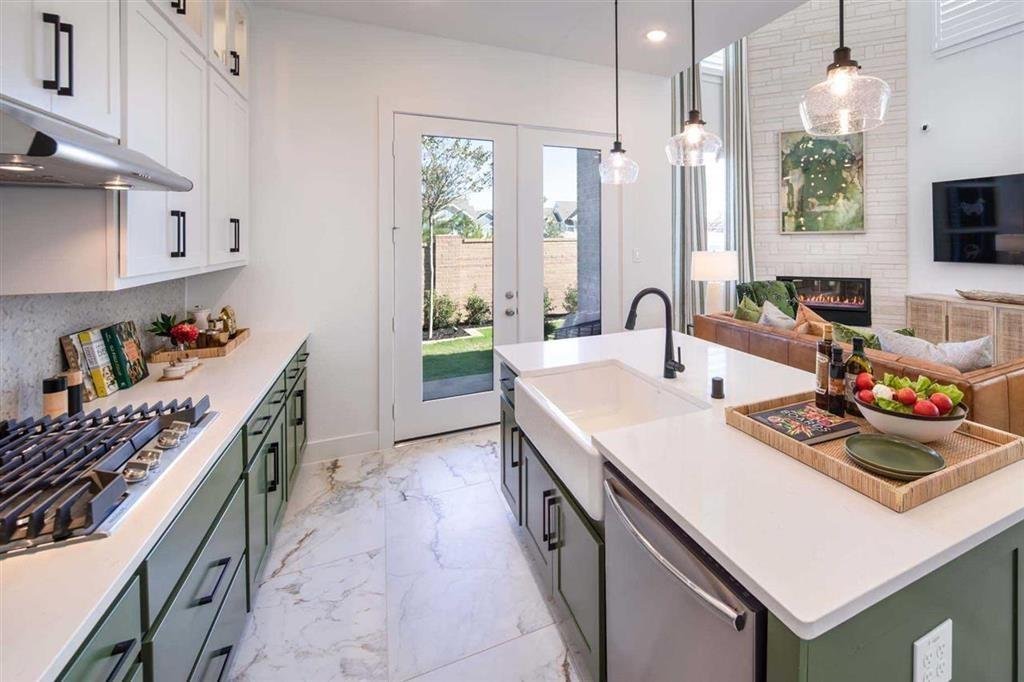
Common Types of Waste and How to Dispose of Them
Waste pollution is a growing global issue. But what some people may not realise is that the root of the problem may be closer to home, literally and figuratively, as homes and businesses generate a large portion of wastes.
Many of the waste materials can be reduced by avoiding single-use products or being more mindful in handling them. Rubbish removal companies such as Goodbye Junk are also a huge help. But to manage wastes better, it is important to recognise them. So here are the common types of waste generated by homes and businesses.
Table of Contents
ToggleGreen or Organic Waste
Over six million tonnes of organic wastes are being sent to landfills every year. These include food wastes, biosolids, and various landscaping and home improvement scraps such as timber and other wood products.
While these organic wastes would eventually break down, they generate landfill gases, 55% of which is methane. Methane emits a foul odour, is highly flammable, and 28 times more harmful to the ozone layer than carbon dioxide.
To lighten the load on landfills, you could set up a home compost. Some communities also have green waste recycling facilities where you can drop off your organic waste. Alternatively, you can have them collected by reputable rubbish removal companies such as Goodbye Junk.
Plastic Wastes
More than three million tonnes of plastic products are being consumed every year, and less than 10% of them are recycled promptly. Plastics come from non-renewable resources and are practically non-biodegradable, which makes them doubly harmful to the environment.
To reduce the growing plastic pollution, make full use of local kerbside recycling programs in your community, which can accommodate hard plastics. Soft plastics can be dropped off in some supermarkets with a collection point for recycling.
Electronic Waste or E-Waste
Old electronic products such as computers, televisions, printers, and mobile phones have parts that can still be recycled, but they are seldom managed properly. Similar to plastics wastes, only 10% of electronic wastes are being recycled successfully.
Electronic wastes can be dropped off on kerbside bins, where they can be recycled or disposed of. If there are no such facilities in your area, you can contact your local rubbish removal company, such as Goodbye Junk.
Waste Building Materials
About seven million tonnes of building waste go to landfills every year. With careful planning and collaboration with your builder, you can help reduce this significantly.
Design your home improvement or build projects with the waste-generation in mind. Use recycled materials or those made from recycled products where possible. Go for smaller spaces that are cheaper to build and easier to maintain. Plan with your designer and builder how you can repurpose building materials that will be leftover.
If you feel that your home improvement project would generate much waste, you can coordinate with your local council beforehand so you know which recycling facilities you can turn to once the project starts.
Hazardous Waste Materials
Hazardous waste is not only generated by factories and industrial facilities. Some domestic wastes such as used motor oil, old batteries, and busted compact fluorescent lamps can react with the oxygen in the air and ignite or explode. Others may produce toxic vapours or leaks. It is important to note that these types of wastes should be handled carefully and not disposed of, along with other types of waste. Check with your local council for collection and disposal.

Michelle Joe is a blogger by choice. She loves to discover the world around her. She likes to share her discoveries, experiences, and express herself through her blogs.





